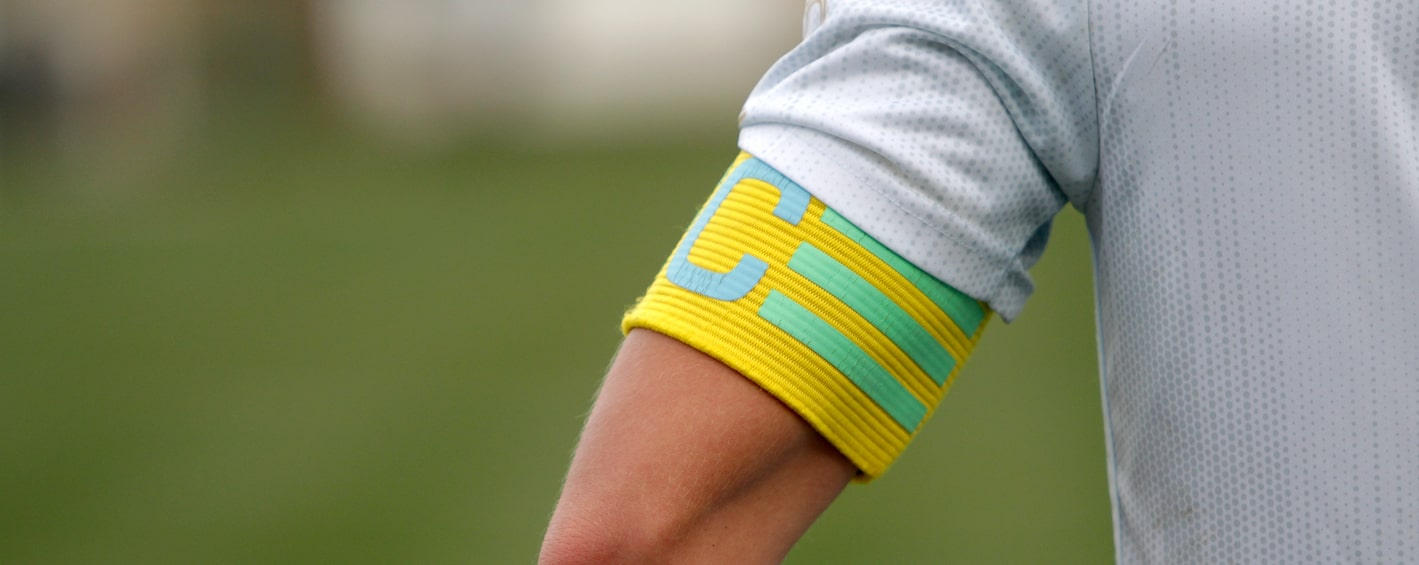Set pieces are a curious component of soccer, nothing gets the crowd more excited than a fortuitous corner or free kick on the edge of the box. As teams have time on the training pitch to perfect their set piece routines, there have been a number of interesting (and sometimes baffling) approaches.
Here we will have a look at just a few of the interesting stats and tactics behind set pieces, encouraging coaches to look at creative ways to maximise set piece success.
Direct Free Kicks Are Not Necessarily Optimal
Interestingly, within Europe’s top five leagues, only 6% of direct free kicks have been converted since 2016-17. Compare this to 78% of penalty kicks, and you begin to realise that winning free kicks isn’t anywhere near as exciting as you originally had hoped.
Very few elite players have such great records at dead ball situations. Messi has scored the most free kicks, but then he has taken far more than anyone else. Whilst James Ward-Prowse has one of the highest conversion rates, 14%, using his crumpled body technique to create whip whilst keeping the ball controlled. But most players are far less successful.
Southampton, therefore, are wise to use Ward-Prowse for free kicks but many teams would be smarter if they worked the ball into more lucrative positions. You now see far more teams just pass the ball and keep play moving if they win a free kick further out. It would be interesting to see if teams would do this more often as they get closer to the opposition’s goal.
Another approach is to utilise your team’s heading ability. Whip the ball into the box and get players into good positions to use their strength in the air against smaller opposition.
Free kicks should not be a shoe in for players to take pot shots in the hope of a screamer, coaches can use the dead ball situation as a chance to be creative and work to their team’s strengths.
The Draught Excluder
A new phenomenon in the world of free kicks is the draught excluder. This is when a player lays behind the wall to stop the free kick taker squeezing the ball underneath the jumping line of players.
As more creative dead ball specialists, such as Messi and Kevin De Bruyne, utilised the space under the wall, teams began to not jump. But this gives free kick takers even more opportunities to score, dipping the ball up and over the wall.
Although this tactic seems to have solved the issue of players shooting underneath the wall, the comical leap to the floor or casual lie down takes a defender out of a position that may be more dangerous. If you use five players in a wall and have a sixth on the floor, you leave only 4 players to mark and defend surrounding attackers.
This seems unwise when the conversion rate of free kicks is so low, let alone from a shot aimed below the wall. It may be useful when the opposition includes Lionel Messi, but on most occasions it appears a little unnecessary.
The Game Theory of Penalties
Game theory is a mathematical framework that analyses situations in which two or more individuals make decisions that will affect the interests of the others.
Penalties are the ultimate example of this theory put into practice, one penalty taker and one goalkeeper. The decisions they make (go left, right or down the middle) will determine whether a goal is scored or not, provided it is on target! There is one winner, one loser and the intentions of both are known, the keeper wants to stop a goal and the taker wants to score.
Due to the distance and speed of penalties, the goalkeeper does not have time to react to the taker and must make a decision before it is struck, trying to gain any insight into the player and body positioning.
Interestingly, the goalkeeper can use this information to some advantage, a naturally right footed player is likely to shoot to the keepers right with the instep of their foot, where they have more power, control and accuracy. This is often written on bits of paper and handed to the keeper to study before each kick.
But studies suggest that even if a keeper guesses the correct way, the taker still scores 64% of times on their natural side compared to 44% of times to the opposite side.
Ultimately penalties are a psychological battle and pressure has a big part to play on the decisions that are made. The very best takers at the moment like to stutter their run to unsettle the goalkeeper, but even this technique has it's critics.
Should players increase their chances by shooting to their strongest side at the risk of becoming predictable?
Game theory tells us that a mixed strategy is best, stay unpredictable and keep the goalie guessing will over time maximise your goal scoring chances.


Improve Your GameJust 1.99 p/m
Exclusive drills and sessions, get involved today!
- 100’s of Drills
- Coach to Camera Videos
- Sessions from Pro’s
- Industry Leading Advice


Cupello
Rethinking soccer coaching via our industry leading tools. Built to offer effective coaching development solutions for players and coaches of all levels.